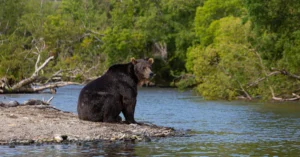Carbon offset programs are important because they help balance the carbon emissions from activities like driving. These programs involve projects that either reduce or absorb carbon dioxide, the main gas causing global warming.
Some projects plant trees which naturally absorb carbon, while others invest in renewable energy like wind farms to decrease the use of fossil fuels.
When you participate in carbon offsetting, you contribute to the fight against climate change. It’s similar to making sure you clean up your own mess, but on a global scale.
By supporting these projects, you can have a real impact. It’s a practical way to take responsibility for your carbon footprint and work towards a healthier planet for everyone.
This commitment is essential for the well-being of our environment and future generations.
How Carbon Offsetting Works
Carbon offset programs help reduce carbon emissions. These programs use projects that absorb or cut down carbon. For instance, they might plant trees or fund wind farms.
Trees naturally soak up carbon dioxide, a major greenhouse gas. Wind farms create clean energy, reducing the need for fossil fuels.
By joining carbon offset programs, you are taking action against climate change. It’s like making sure you clean up your own mess, but on a much larger scale. This way, everyone helps keep our planet healthy.
Participating in such efforts shows commitment to our future. It also supports sustainability and encourages the use of renewable resources.
Each contribution, no matter how small, aids in lowering the overall carbon footprint. Engaging in these projects is an effective way to tackle global warming.
It empowers individuals and businesses to make a positive impact. Together, these actions can lead to significant environmental improvements.
Top 7 Carbon Offsetting Programs In The USA
Carbon offset programs balance carbon emissions by supporting projects that reduce or absorb CO2.
This includes tree planting and developing renewable energy sources. Now, let’s dive into how these programs actually work and the different types of projects involved.
1. TerraPass
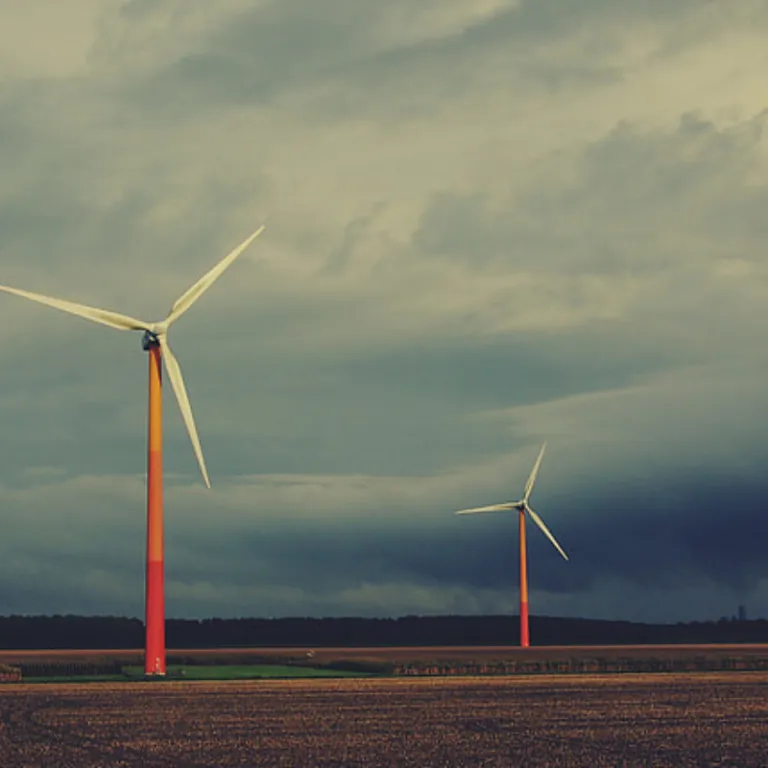
TerraPass is dedicated to reducing global carbon emissions through several innovative projects. This company focuses on making it easy for individuals and businesses to participate in carbon offsetting.
By engaging in activities like wind power development and methane capture, TerraPas aims to reduce the reliance on fossil fuels and mitigate the effects of climate change.
Their projects not only contribute to cleaner air but also promote sustainable energy use and environmental restoration.
Project Impact
- Renewable Energy: They support the construction of wind and solar energy facilities.
- Community Projects: TerraPass funds projects that bring clean energy to underserved communities.
- Wildlife Habitat Preservation: Many of their tree planting efforts also help restore habitats for wildlife.
Sustainability Goals
- Long-term Impact: They focus on projects that promise long-term environmental benefits.
- Partnerships: TerraPass collaborates with other organizations to broaden their impact.
- Innovation in Carbon Reduction: They explore new technologies that can further reduce carbon footprints.
2. Carbon Offsets To Alleviate Poverty (COTAP)

Carbon Offsets to Alleviate Poverty, or COTAP, was established in 2011 with a dual purpose: to combat global warming and address poverty in the world’s least developed regions.
COTAP focuses on financing forestry projects that both sequester carbon and provide significant socio-economic benefits to impoverished rural communities.
This unique approach not only addresses environmental issues but also promotes economic development among the most vulnerable populations.
Project Highlights
- Forestry Projects: Engages in tree planting that sequesters atmospheric CO2 and restores degraded lands.
- Community Benefits: Provides fair wage employment to local communities, enhancing their economic stability.
- Certified Projects: Ensures all projects are certified by recognized standards like Plan Vivo to guarantee both environmental integrity and social impact.
Expansion And Sustainability
- Scaling Impact: Plans to expand projects into more countries to increase benefits.
- Education and Training: Offers training to local communities on sustainable farming and forestry management.
- Long-Term Monitoring: Implements rigorous monitoring to ensure projects achieve intended carbon sequestration and community development goals.
3. Native Energy

Native Energy is committed to helping businesses and individuals reduce their carbon footprints through innovative carbon offset projects. Established in 2000, the company has pioneered solutions that support both environmental sustainability and community development. Native Energy’s approach focuses on long-term impact through high-quality, verifiable projects that not only tackle carbon emissions but also enhance local ecosystems and economies.
Project Focus
- Renewable Energy Initiatives: Development of wind and solar power projects to replace fossil fuels.
- Community Involvement: Projects often include local workforce training and education.
- Sustainable Agriculture: They support regenerative agricultural practices that sequester carbon.
Impact And Growth
- Long-Term Commitments: They ensure projects deliver lasting benefits and verifiable carbon savings.
- Global Partnerships: Collaborations with communities worldwide to tailor projects that fit local needs.
- Innovation in Carbon Strategies: Continuously exploring new methods to maximize carbon offset effectiveness.
4. Sterling Planet

Sterling Planet has been a leader in promoting renewable energy and reducing carbon emissions since its founding in 2000.
They offer carbon offsets that support a variety of projects aimed at creating sustainable energy solutions and improving environmental health.
Their efforts focus on both reducing current emissions and preventing future emissions through innovative, community-based projects.
Key Projects
- Renewable Energy Production: They develop projects that generate clean energy from wind and solar power.
- Forest Management: Supporting reforestation and sustainable forest management to absorb CO2.
- Energy Efficiency: Implementing projects that increase energy efficiency and reduce waste.
Community And Education
- Local Engagement: Sterling Planet works closely with local communities to tailor projects that provide mutual benefits.
- Educational Programs: They offer resources and programs that educate the public about the benefits of renewable energy and carbon offsetting.
- Partnership Development: Collaborating with various stakeholders to expand their impact and reach.
5. WGL Energy
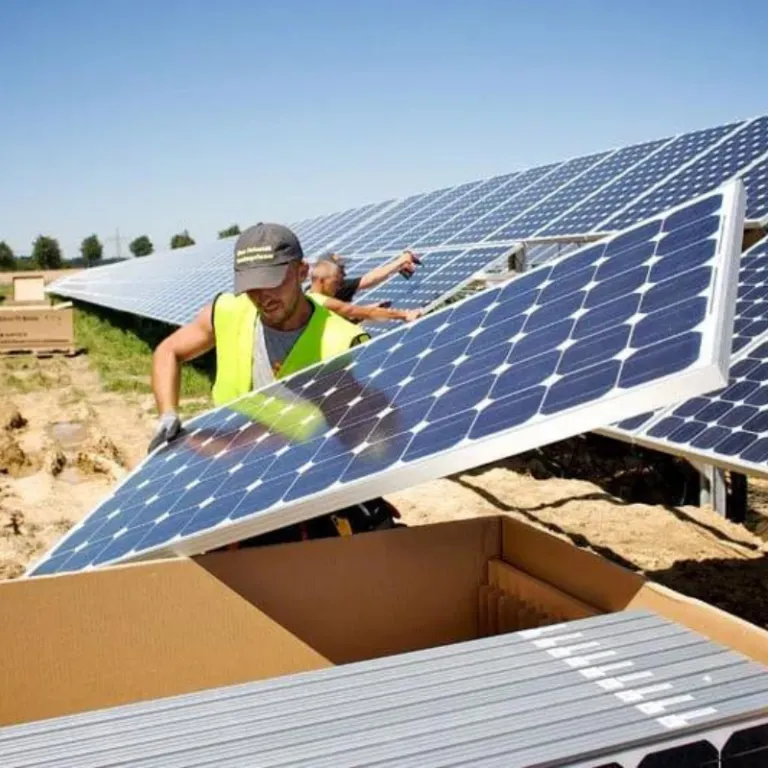
WGL Energy has been a prominent player in carbon offsetting since 1996. Based in Vienna, Virginia, this company offers diverse and effective carbon offset solutions to both individuals and businesses.
Their initiatives focus on reducing carbon footprints through projects that not only lower emissions but also promote sustainable environmental practices and energy conservation.
Environmental Initiatives
- Tree Planting: Projects include extensive tree planting to absorb CO2.
- Water Conservation: They implement water conservation techniques that contribute to ecosystem health.
- Clean Energy Development: WGL Energy invests in projects that produce renewable energy.
Outreach And Impact
- Educational Outreach: They educate their clients and the public on the importance of reducing carbon footprints.
- Partnership Efforts: Collaborating with other organizations to increase the effectiveness of their projects.
- Sustainable Solutions: They offer tailored solutions that align with clients’ specific sustainability goals.
6. Carbon Solutions Group
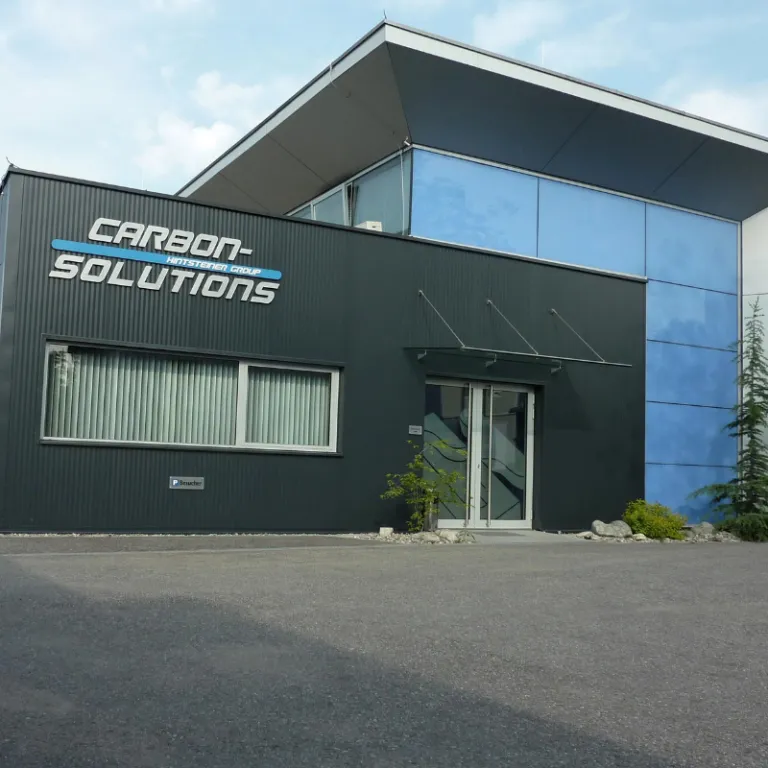
Carbon Solutions Group, founded in 2006, specializes in carbon offset services and environmental asset management.
They are known for their comprehensive approach to reducing greenhouse gasses through innovative and impactful projects.
Carbon Solutions Group works globally, offering customized solutions that not only mitigate carbon emissions but also enhance sustainability and environmental compliance.
Project Initiatives
- Landfill Methane Capture: They capture methane gas from landfills to reduce emissions and generate energy.
- Green Building Projects: Promoting sustainable construction practices that minimize environmental impact.
- Renewable Energy Credits: They facilitate the purchase and sale of credits from renewable energy projects.
Expansion And Influence
- Global Operations: They manage projects in various countries, adapting to local environmental needs and regulations.
- Educational Efforts: Providing training and resources to businesses on how to implement and benefit from carbon reduction strategies.
- Innovative Solutions: Continuously developing new methods to enhance the effectiveness of carbon offsets and environmental projects.
7. Southern Company
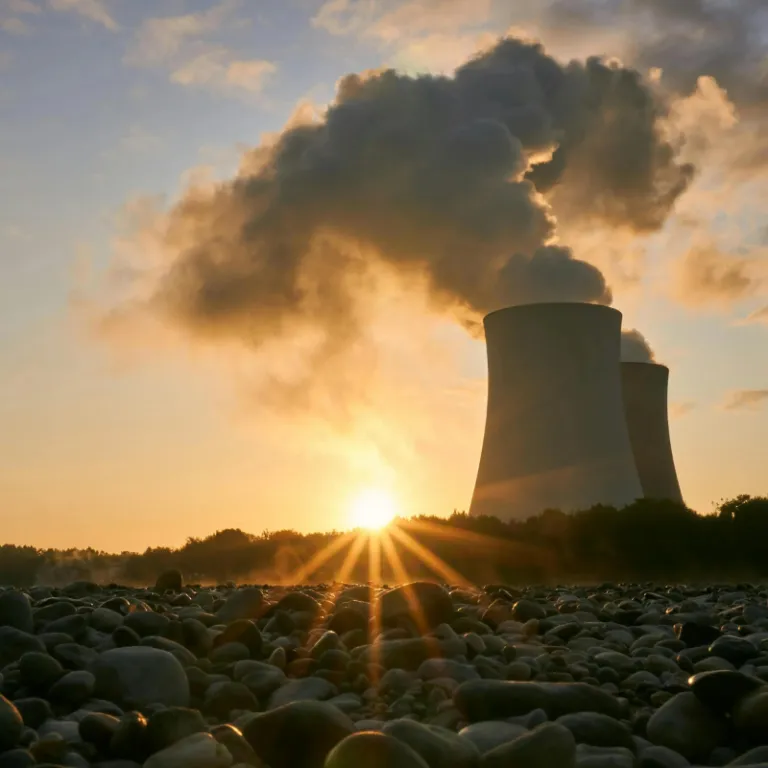
Southern Company has been at the forefront of environmental sustainability since its inception in 1945.
As a major energy provider, they’ve evolved to emphasize reducing carbon emissions through innovative technologies and renewable energy solutions.
Southern Company’s dedication to sustainability is demonstrated through their extensive investment in low-carbon and no-carbon energy sources, aiming to meet energy demands while protecting the environment.
Sustainability Projects
- Nuclear and Renewable Energy: They heavily invest in nuclear and renewable energy sources to reduce reliance on fossil fuels.
- Carbon Capture Technologies: Implementing advanced technologies to capture and store carbon emissions.
- Energy Efficiency Programs: Enhancing energy efficiency across their operations to reduce overall carbon footprint.
Community And Environmental Impact
- Educational Initiatives: Providing educational programs on energy conservation and renewable resources.
- Habitat Conservation: Engaging in projects that preserve and restore natural habitats affected by energy production.
- Economic Impact: Driving economic growth through sustainable energy projects that create jobs and stabilize energy costs.
Benefits Of Carbon Offsetting
Carbon offsetting brings several benefits, both environmental and social. Here’s how it helps:
Environmental Benefits
- Reduces Greenhouse Gas Emissions: By supporting projects like reforestation or renewable energy, carbon offsetting directly reduces the amount of greenhouse gasses released into the atmosphere.
- Promotes Sustainable Practices: It encourages the adoption of renewable energy sources like wind and solar, which are less harmful to the environment compared to fossil fuels.
- Enhances Biodiversity: Projects often involve restoring forests and natural habitats, which helps preserve biodiversity.
Social Benefits
- Supports Community Development: Many carbon offset projects are designed to provide social benefits, such as creating jobs or improving living conditions through infrastructure development.
- Improves Health Outcomes: Projects that replace dirty energy sources with cleaner alternatives can significantly improve air quality, leading to better health for local populations.
- Promotes Global Equity: By allowing individuals and companies in developed countries to fund carbon reduction in less-developed areas, carbon offsetting can distribute resources more evenly across the globe.
Economic Benefits
- Stimulates Green Economies: Investing in green projects contributes to the growth of new industries and technologies, fostering economic development in emerging green sectors.
- Offers Financial Savings: Over time, energy efficiency projects and the shift to renewable energy can lead to significant cost savings in energy spending.
How To Select A Carbon Offset Project
With so many carbon offsetting options on the market these days, it can be difficult to know what to look for when selecting a project. For companies committed to genuine environmental impact, it’s important to select the most impactful and reliable ones. Let us help demystify the process.
Common Types Of Projects Within These Programs Include:
- Forestry projects: These focus on reforestation, tree planting, and preventing deforestation, playing a crucial role in carbon sequestration.
- Methane capture: Targeting one of the most potent greenhouse gasses, methane capture projects aim to reduce emissions from landfills and agriculture.
- Renewable energy projects: Investments in wind farms, hydroelectric power plants, and other renewable sources help reduce reliance on fossil fuels.
- Direct carbon capture: Advanced technologies that directly remove carbon dioxide from the atmosphere or industrial emissions.
Key Elements To Consider To Ensure The Efficacy Of The Carbon Offset Project:
- Third-party verification and credibility: Opt for programs that are verified by reputable third parties. This ensures that the carbon offsets are real, quantifiable, and make a genuine difference in reducing CO2 emissions.
- Tangible and measurable impact: Choose programs where the impact on CO2 emissions can be clearly measured and is permanent. The program should have a transparent method for quantifying its environmental benefits, ensuring that your investment is actually contributing to reducing carbon emissions.
- Efficient management and supervision: A well-managed program that is run efficiently and with transparency is more likely to achieve its goals. Look for programs that have a track record of successful implementation and are managed by competent, experienced teams.
- Community benefits: Consider programs that go beyond just offsetting carbon emissions and also provide socio-economic benefits to local communities. This could include job creation, biodiversity conservation, or improved local environmental conditions. Programs that positively impact local communities tend to have a more sustainable and long-lasting effect.
- Compliance with international standards: Ensure that the program adheres to international standards and best practices in carbon offsetting. This not only lends credibility to the program but also ensures that your investment is contributing towards globally recognized environmental goals.
End Note
Selecting the right carbon offset project is crucial for making a genuine environmental impact.
Focus on verified projects with measurable results, efficient management, and additional community benefits. Look for projects that adhere to international standards to ensure your investment is effective.
By supporting the right projects, you not only reduce your carbon footprint but also contribute to global sustainability.
Remember, every small step towards carbon offsetting helps create a healthier planet for future generations. Make informed choices and be a part of the solution.









